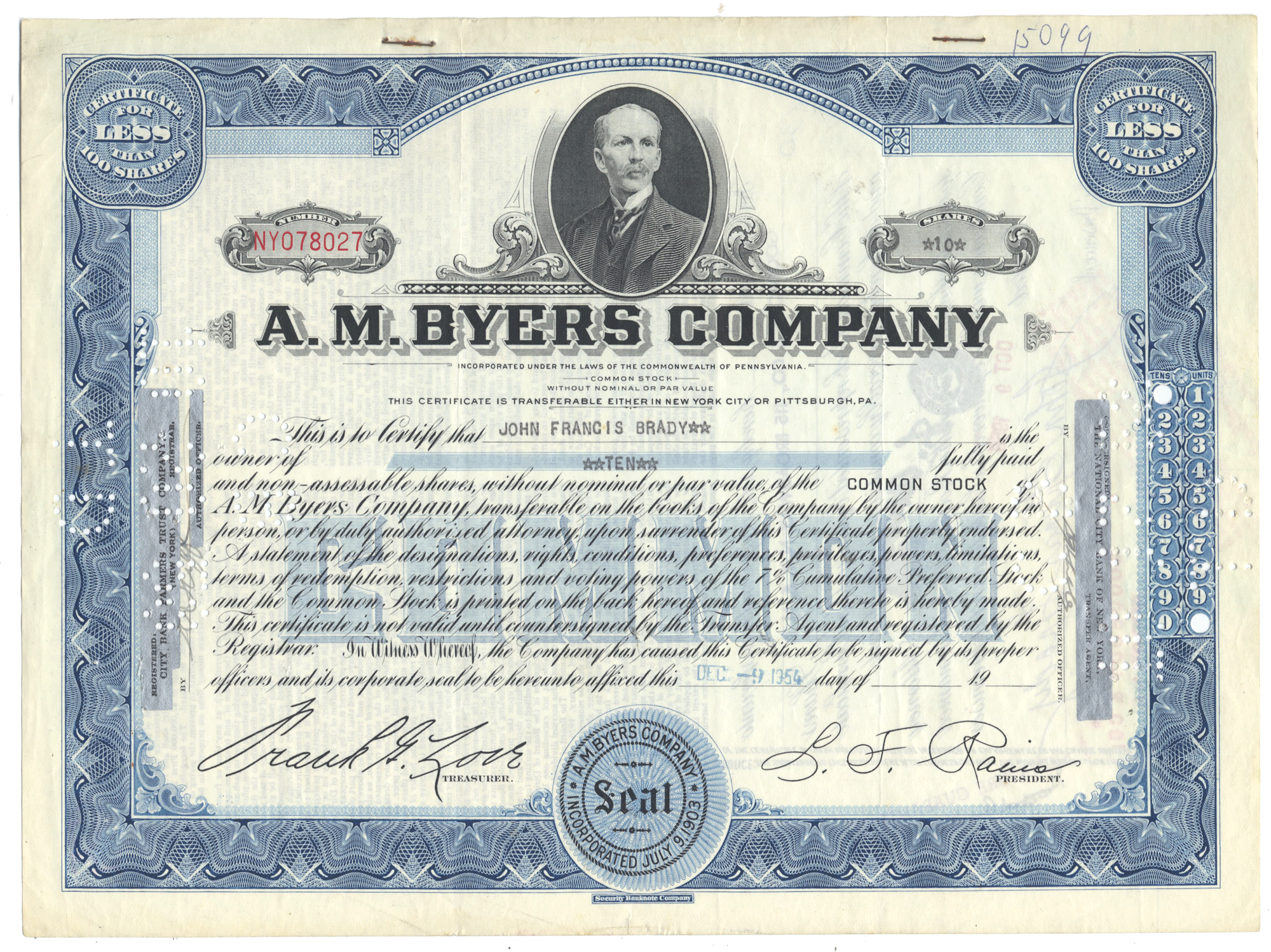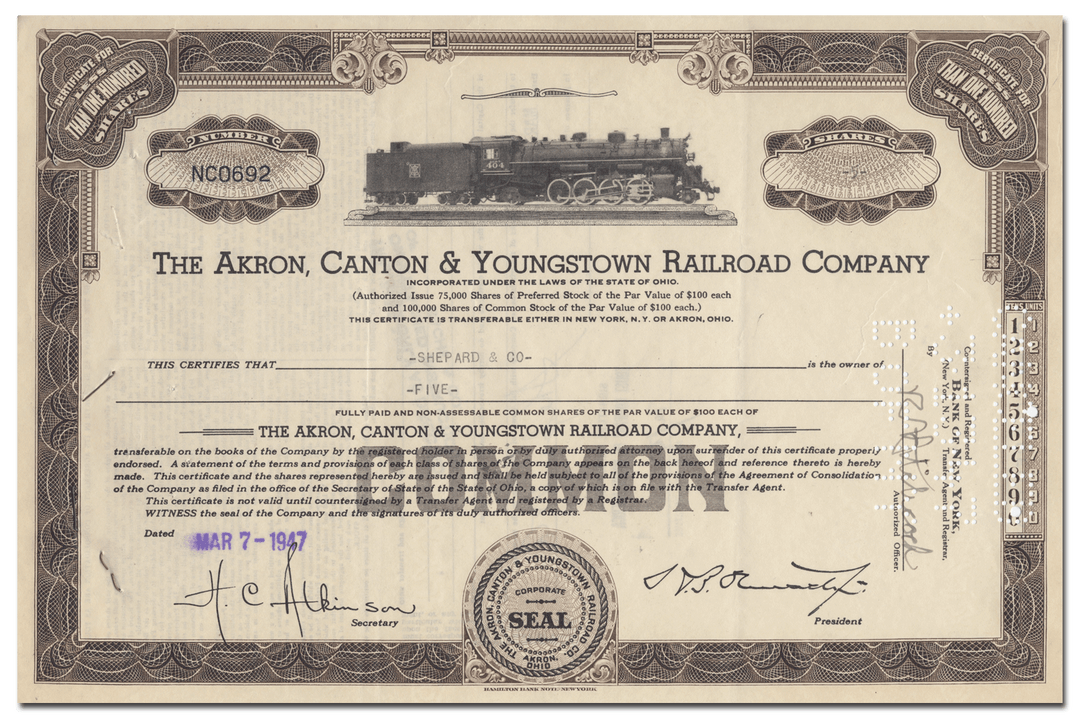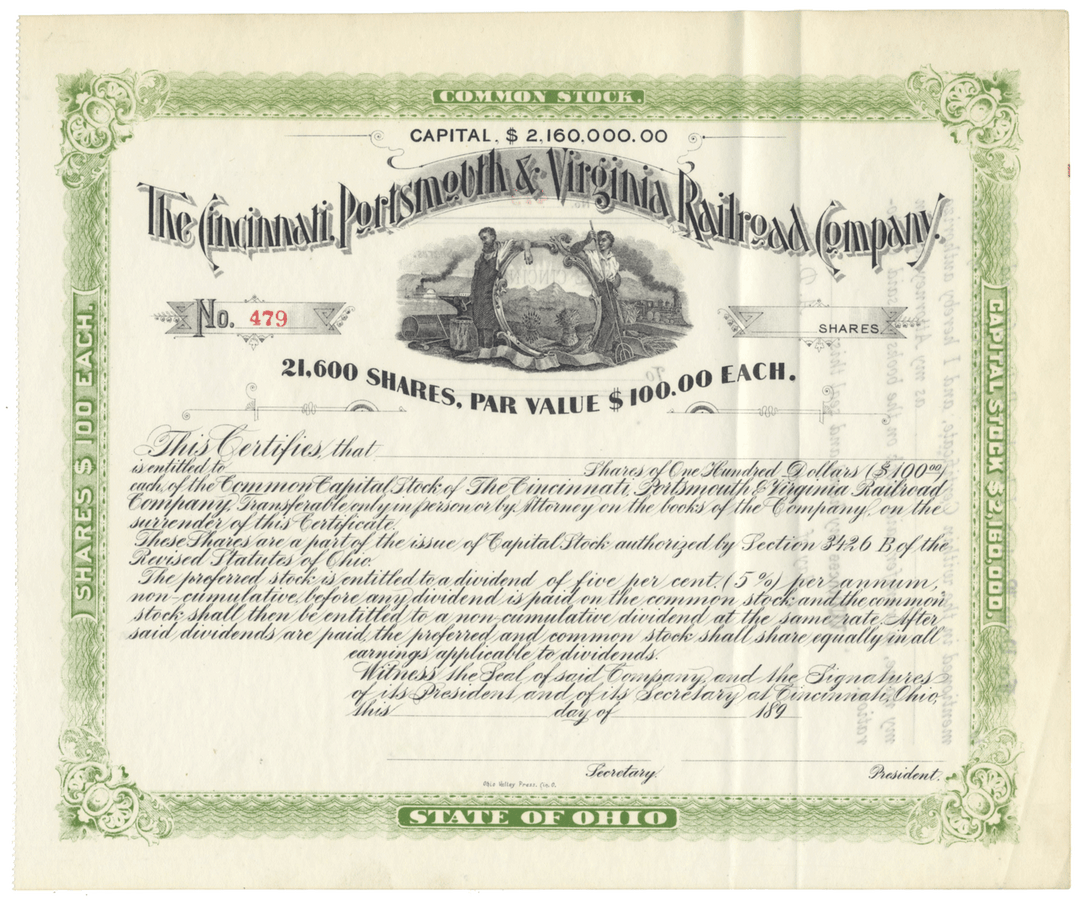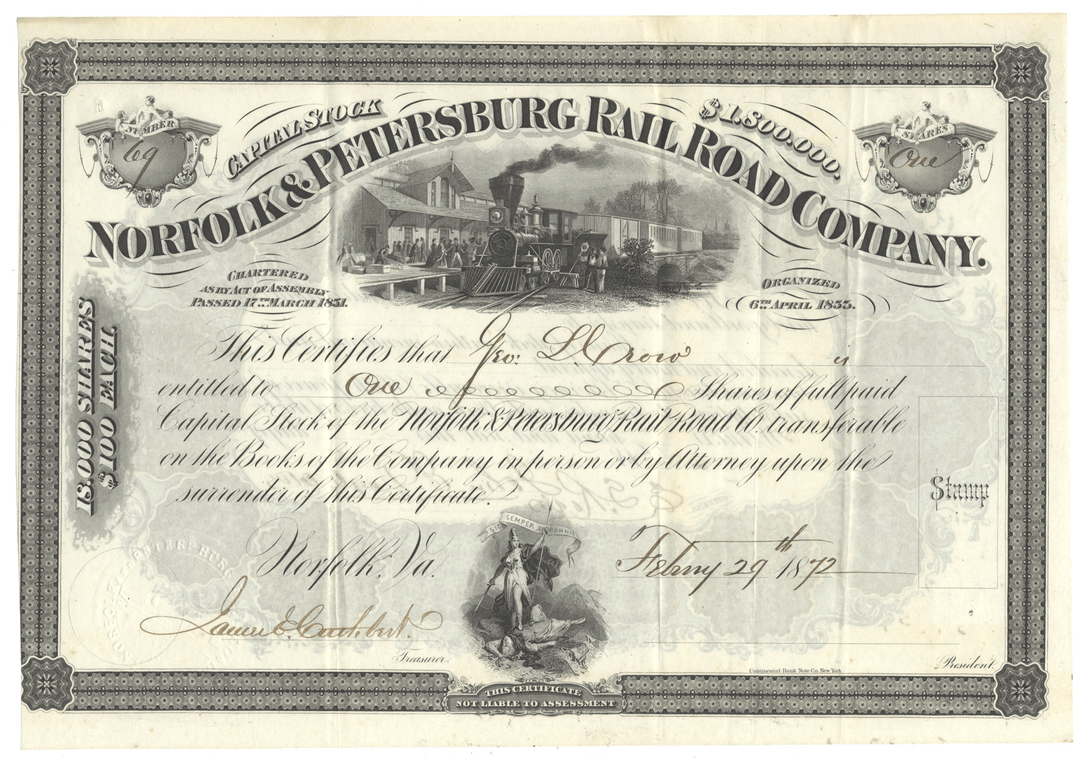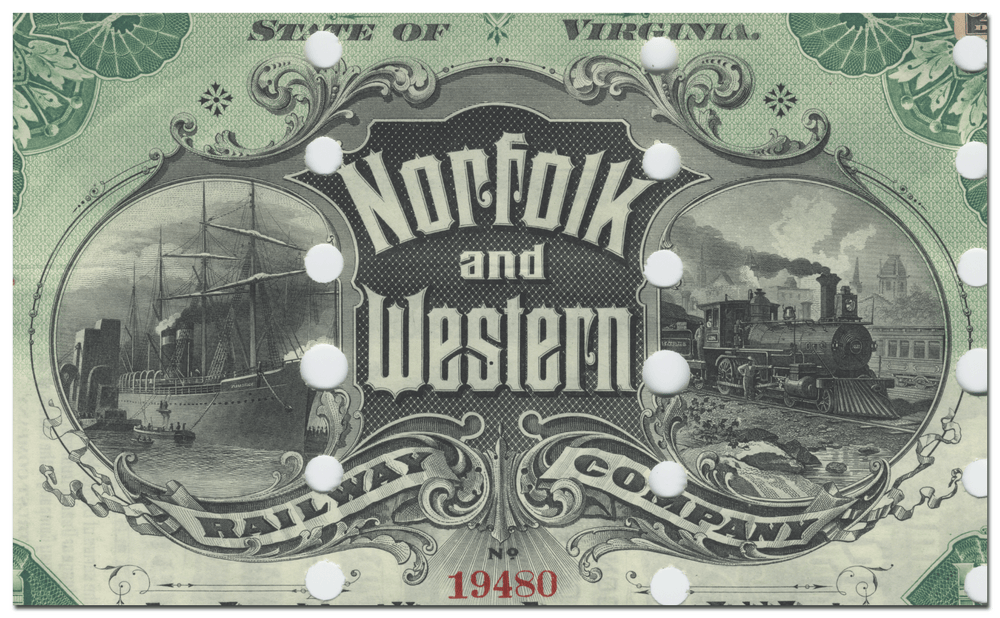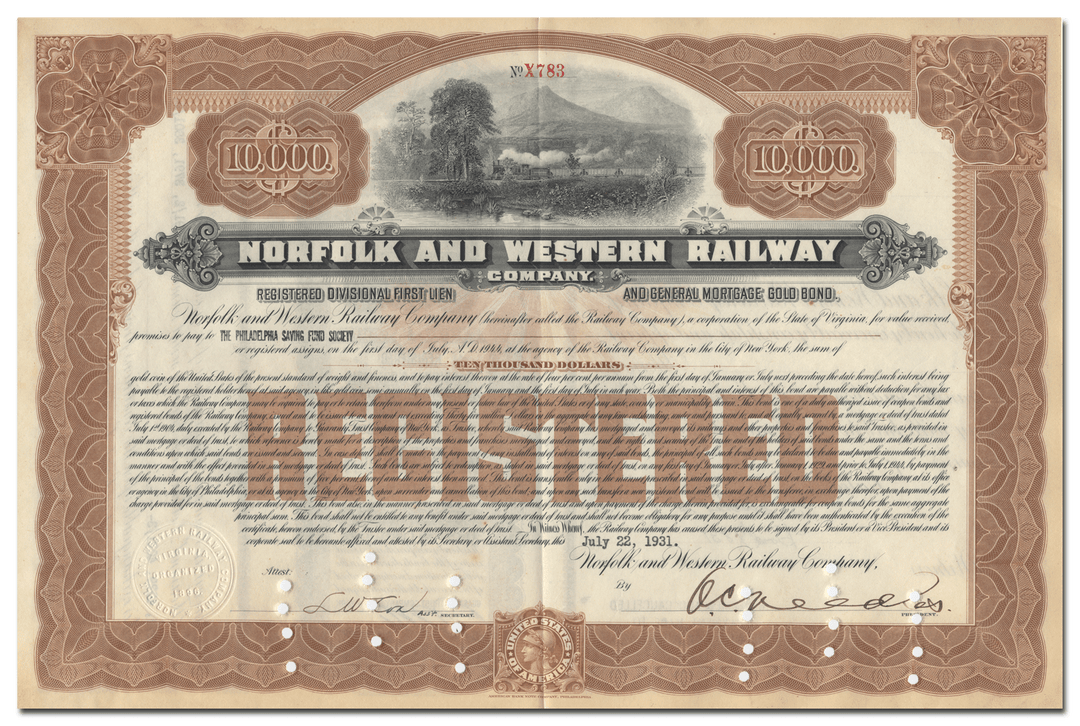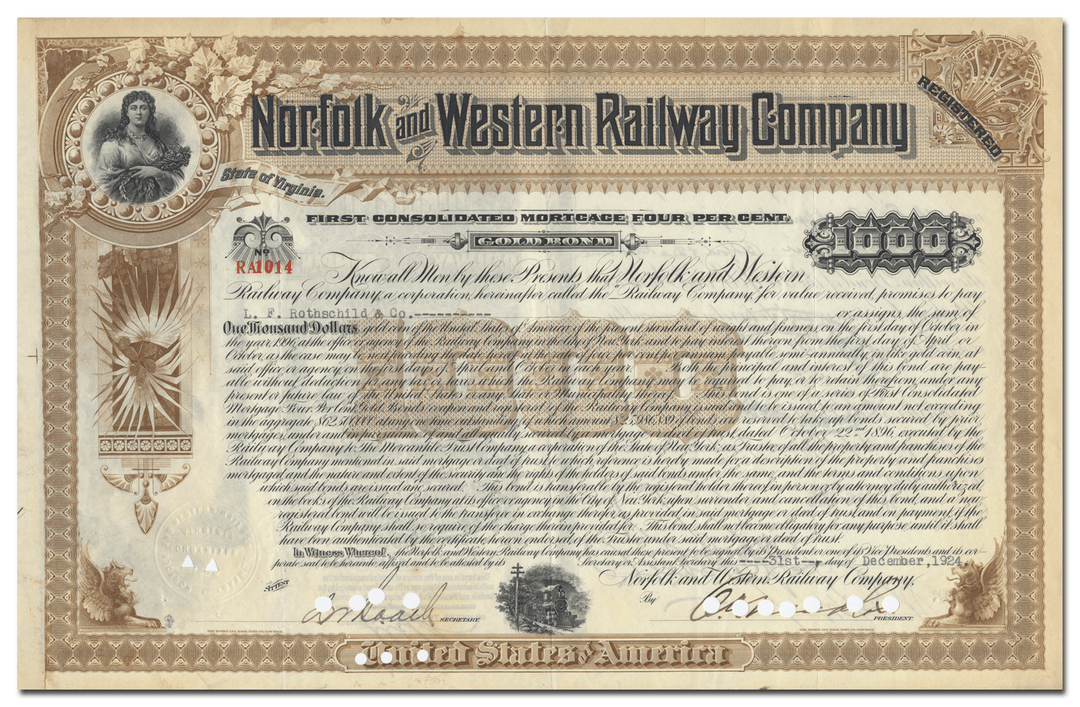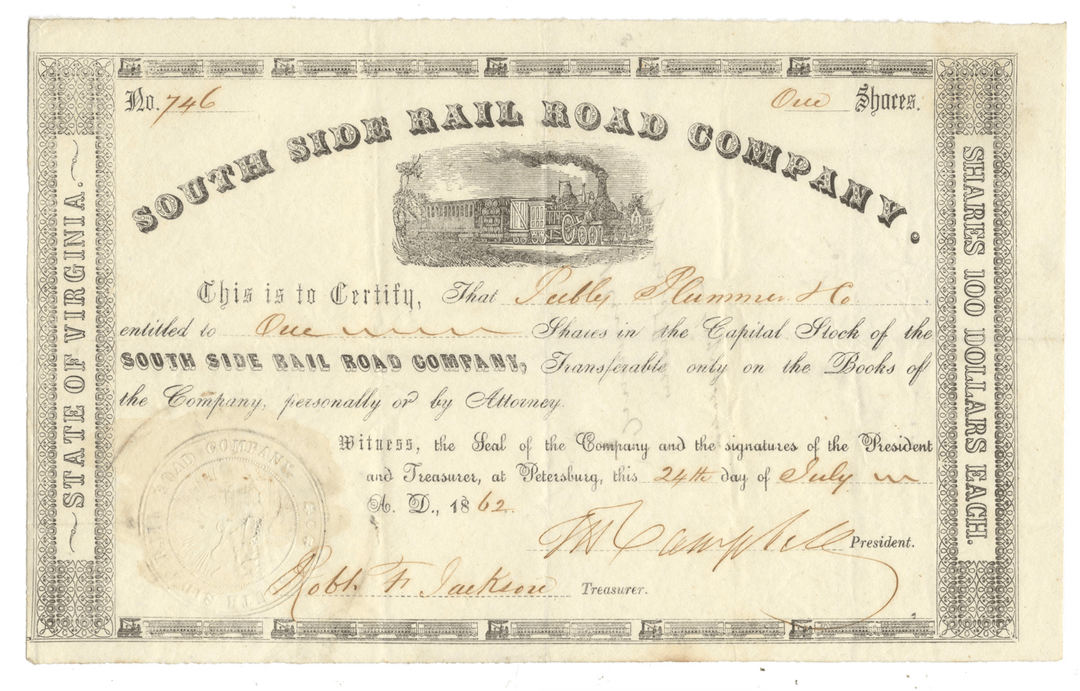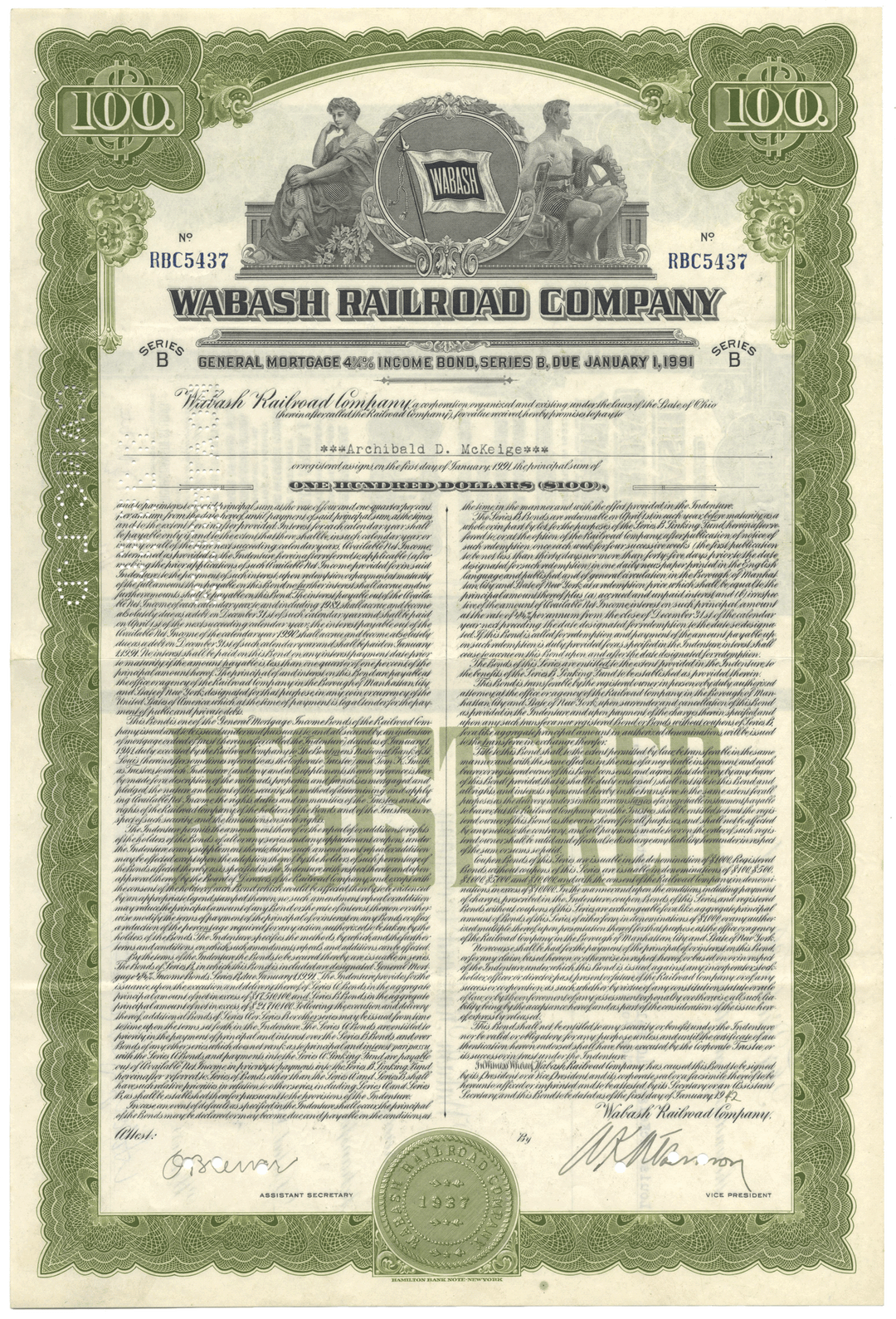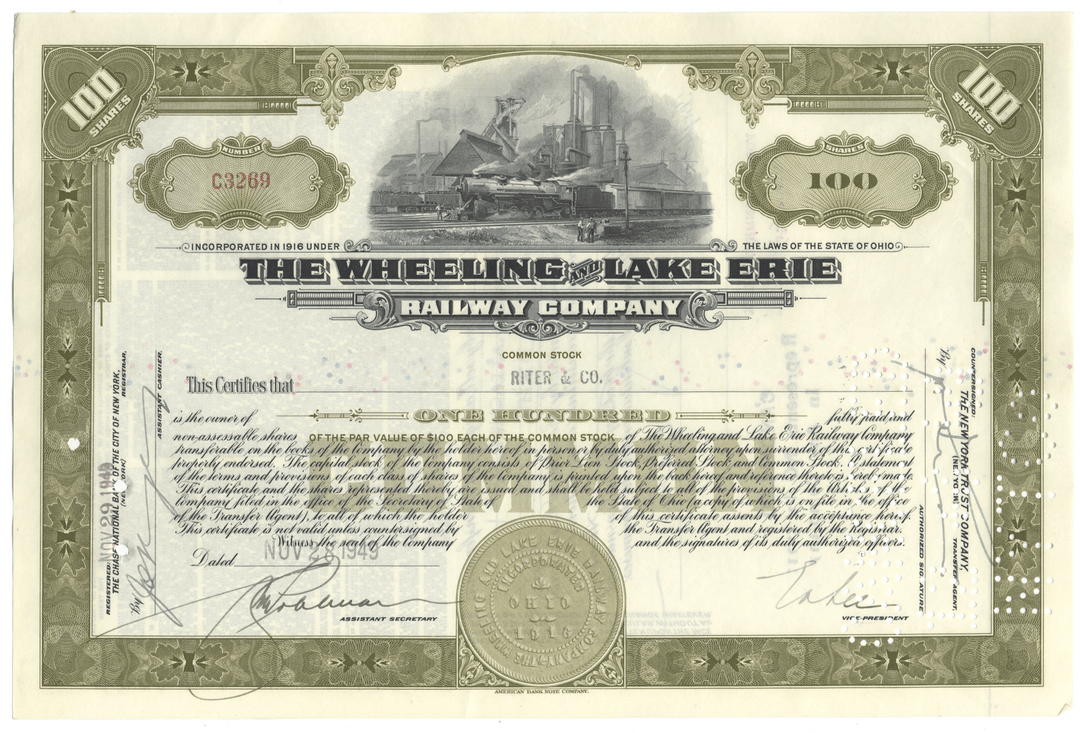
Incorporated in the mid 19th century as the Norfolk and Petersburg, the line connecting the two Virginia cities was completed in 1858. Part of the track crossing the “Dismal Swamp;” was laid on a mat of trees and logs. The Norfolk and Petersburg consolidated with the Southside Railroad and the Virginia and Tennessee in 1867. The three roads merged completely in three years later to form the Atlantic, Mississippi and Ohio.
In 1881, the AM&O was sold to Clark banking interests, who renamed it Norfolk and Western. In 1924, the Pennsylvania Railroad bought an interest in this Roanoke, Virginia based coal carrier – whose main operation was to transport output from the mining areas of West Virginia and Kentucky.
Later, the company made a determined effort to improve its locomotives in an effort to make them compete with the new diesels.
In its own design offices and own locomotive works at Roanoke, the line produced three new locomotives. The J class 4-8-4, first built in 1941, was designed to haul the prestige passenger services at 100mph or more, while the A class 2-6-6-4 and Y class 2-8-8-2 articulated types were used for freight work. The major benefit of these new engines was a streamlined maintenance regime between runs, which allowed inspection, refueling and lubrication to occur in less than hour.
This drove down maintenance costs by an estimated 37%. Eventually though, the Norfolk & Western succumbed to the benefits of the diesel, placing orders for 75 units in 1957. Later, there was a sustained push for the consolidation of numerous lines. In the fall of 1959, the Norfolk and Western, and the Virginian merged. It was during this time, that nation saw a marked decline in total track mileage. At its peak the line operated some 8,000 miles of track, 1,300 locomotives and 86,000 freight cars.




